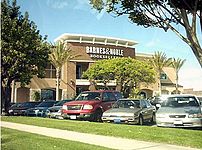 Image from FlickrThere has been a frustrating situation at school for the past couple of weeks. I talked to my team (OT and SLP) and my boss about it and presented my data, but still didn't feel like I had a good grasp on what the data was telling me. Finally, following a teachers meeting I casually mentioned what was going on to a couple of other teachers and one of them had the answer in under a minute. It all seemed so obvious and so much more workable once I had that input.
Image from FlickrThere has been a frustrating situation at school for the past couple of weeks. I talked to my team (OT and SLP) and my boss about it and presented my data, but still didn't feel like I had a good grasp on what the data was telling me. Finally, following a teachers meeting I casually mentioned what was going on to a couple of other teachers and one of them had the answer in under a minute. It all seemed so obvious and so much more workable once I had that input.I am wondering, how do other special educators, working in intensive special education classrooms, get input from their "job-alike" colleagues? One of the things I love about this field if the ability to work on my own according to my own timetable at whatever pace my students demand and at the same time on of the things I find most difficult is how isolating that can be at times. Please comment and share what works for you.















 To install your new Boardmaker symbols, please follow the next few steps.
To install your new Boardmaker symbols, please follow the next few steps. running.
running.


















